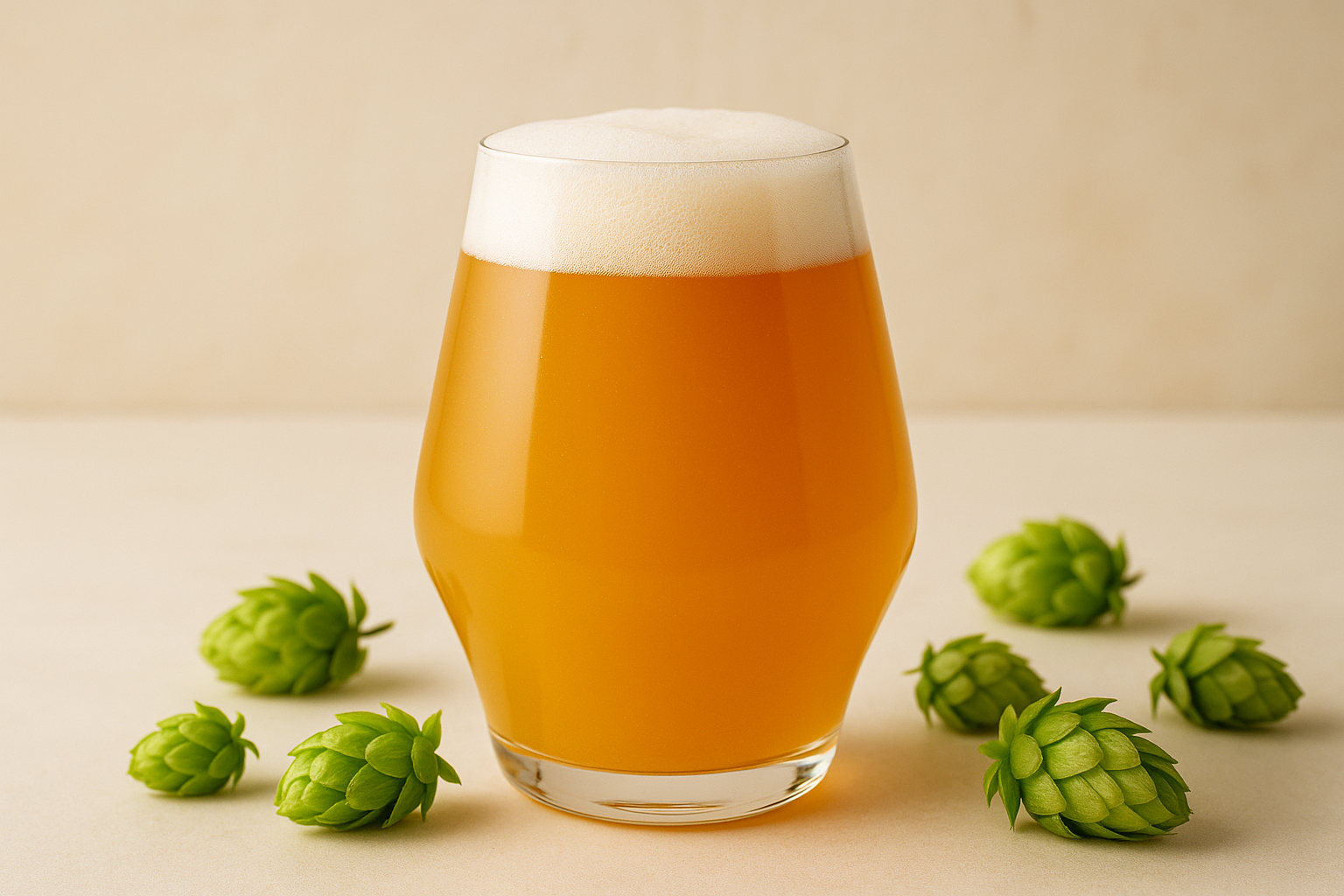
Dry Hopping Techniques and How to Minimise Oxidation
Dry hopping is the process of adding hops to beer in the fermenter, secondary vessel, or keg. As the hops are not exposed to high temperatures such as hops added to the boil or whirlpool, the flavour and aroma they impart differs and can greatly enhance a beers aromatic qualities. Dry hopping is not a substitute for kettle hopping, but a great way to enhance or amplify a beers hoppy flavour’s and aroma’s.
There are many different ways to add hops to the beer and each may give slightly different results. One important factor to consider when dry hopping is the potential for oxidation and what you can do to minimise this risk.
Oxidation is the enemy of beer as it can turn a great hoppy beer into a stale beer (often described as wet cardboard or musty), potentially with an odd sweetness. When adding hops to the beer it is inevitable that some oxygen will be introduced so what can you do to minimise this risk.
Dry Hopping During Active Fermentation
A technique that has become popular amongst brewers of hazy IPA’s is to dry hop whilst the beer is actively fermenting or even right at the beginning of fermentation. Dry hopping during active fermentation may allow the yeast to metabolise any oxygen introduced before it is able to cause any negative effects.
The potential downside of dry hopping during active fermentation is the potential for hop compounds to be bound to the yeast and dropped out of the beer after fermentation when the yeast flocculates. This may however be beneficial when it comes to the amount of polyphenols in the finished beer as polyphenols introduced by the dry hops is also reduced in the same way.
A high level of polyphenols introduced by a large dry hop may cause a harsher bitterness that can linger in the mouth as well an unpleasant vegetal character.
Adding Sugar with Dry Hops
Another technique to minimise oxidation when adding dry hops is to add a small amount of sugar along with the hops to cause additional fermentation. This would be beneficial when dry hopping after active fermentation has finished with same benefits as dry hopping during active fermentation as the yeast may metabolise any oxygen introduced whilst consuming the added sugar. Obviously the beer will need to remain at the optimal fermentation temperature for the yeast used.
Sealing the Fermenter & Using CO2
If it is your preference to add dry hops to the beer after fermentation you could seal the fermenter and attach a CO2 cylinder to purge the headspace when adding the hops.
the fermenter and attach a CO2 cylinder to purge the headspace when adding the hops.
This will mean your fermenter will need to be able to withstand a small amount of pressure. Care should always be taken not to pressurise any vessel that is not capable of withstanding being pressurised. The amount of pressure required is not high (1 PSI is fine). Before adding the hops, slightly pressurise your fermenter so that when it is opened air is not immediately sucked in. Quickly add the dry hops and re-seal the fermenter before purging the headspace with co2.
You could also continuously purge the headspace with co2 whilst adding the hops to further reduce the risk of oxygen getting in.

Dry Hopping in a Separate Vessel
Another way to minimise oxidation is to add the dry hops to a separate vessel, such as a keg, that is then purged with co2 before the beer is transferred. For this technique to be effective the beer must be transferred in a purged (with co2) and closed system with the beer being forced under co2 pressure.
Beer Temperature when Dry Hopping
The temperature of the beer when dry hopping has an impact on the rate at which the hop compounds are extracted into the beer.
When dry hopping while the beer at a typical ale fermentation temperature (18℃ - 20℃) the rate of extraction is increased. It is possible to achieve full extraction is just 24 hours.
When dry hopping at cooler temperatures the rate of extraction decreases slightly. Dry hopping at 14℃ may increase the time to full extraction to 2 - 3 days. One of the benefits of dry hopping at cooler temperatures is the reduction in the extraction of polyphenols.
To be able to dry hop at a lower temperature whilst still minimising oxidation requires the fermenter to be sealed to avoid air being sucked in as the beer contracts while cooling.
As this will create a vacuum it is best to connect a co2 cylinder to the fermenter with the regulator set at 1 PSI or lower (depending on the pressure rating of your fermenter) so that co2 is sucked in as the beer cools. This technique can also be used when cold crashing.
Dry Hop Bitterness
Although it is commonly thought that hops only impart bitterness when boiled (or at hot temperatures such as during the whirlpool) through the isomerisation of ⍺-acids and β- acids, dry hopping may also impart bitterness.
Hops contain a compound called humulinone, which is an oxidised ⍺-acid. Humulinone is 66% as bitter as iso-⍺-acids and increases as the ⍺-acids oxidise. As humulinone is very soluble it can increase bitterness particularly with large dry hop additions.
The amount of humulinone contained within hops is dependant on the hop variety, ⍺-acid content, age, and how the hops have been stored. The rate at which the humulinone content of hops increases is temperature dependant with the rate increasing as the temperature increases. Keeping hops refrigerated or in the freezer will greatly slow the process to where the change in ⍺-acids and humulinone content may not be significant, whereas hops kept at room temperature may see humulinone levels peak after approximately 9 months. Once humulinone levels peak they then begin to decrease.
Dry Hopping & Additional Fermentation - Hop Creep
Dry hopping when yeast is still present in the beer has the potential to cause additional fermentation. This is because hops contain the enzymes amyloglucosidase, ⍺-amylase, β-amylase, and limit dextrinase. These enzymes are able to break down unfermentable sugars (dextrins) in the beer into fermentable sugars, which the yeast will then consume. This now commonly referred to as hop creep.
The amount of additional fermentable sugars created due to dry hopping is dependant on a number of different factors such as contact time, temperature, yeast strain, and the amount of hops added. Thus a large dry hop addition at the beginning of fermentation may cause a greater increase in fermentables than dry hopping after fermentation with a short contact time. Dry hopping at cooler temperatures will also reduce the potential increase in fermentables.
Hop creep isn’t of much if any concern if beer is stored cold, however if beer is stored warm, such as during bottle conditioning, additional fermentation in heavily dry hopped beers may be an issue.
Dry hopping at cool temperatures (such as 14℃ or lower) can reduce the potential for dry hop creep.
Dry Hop Rate
The amount of the dry hop addition has an impact on the how efficiently hop compounds are extracted into the beer. In general the higher the dry hop rate, the lower the extraction efficiency. A beer dry hopped at a rate of 12g/L will not be twice as hoppy or have twice the amount of hop compounds dissolved into the beer, as a beer dry hopped at a rate of 6g/L. It will still be a hoppier beer, just not twice as hoppy.
What is also interesting with higher dry hop rates is the potential for more herbal and green like characters to be imparted to the beer, which may reduce the impact of the fruity flavours brewers of IPA’s in particular, are seeking.
So how do you achieve that big hop character, maximise extract efficiency, and keep the fruity flavours to the fore. The answer may be to make multiple smaller dry hop additions in the range of 2g/L - 4g/L.
Hop Bag or no Hop Bag
It is relatively common amongst home brewers to use a muslin or nylon bag, or maybe a stainless steel mesh container when dry hopping. This can help to keep the hops contained and stop them from causing blockages.
The potential downside of keeping the hops contained is a reduction in extraction efficiency, as less of the beer comes into contact with the hops. This may mean that a dry hop addition that is added directly to the beer (no bag or container) may impart more flavour and aroma.
Share
A very good read, that answered all my questions, with some good ideas.
Excellent, detailed and informative. I found this article easy to understand, thank you.
Super helpful stuff – thank you
Very informative. Cheers
Very helpful and easily understood.
